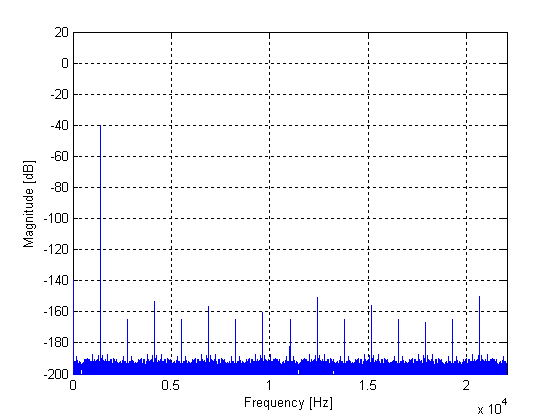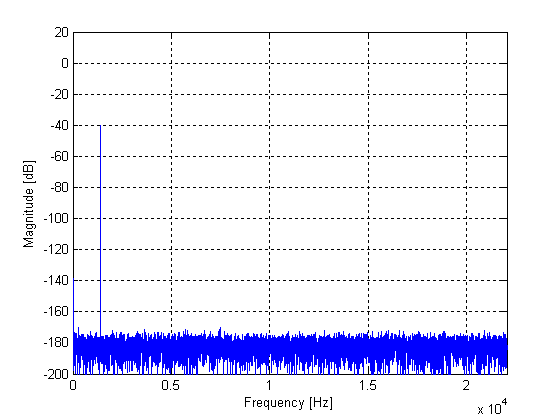Difference between revisions of "Dither"
Murray-smith (talk | contribs) (Added text for Dither page) |
m |
||
| (4 intermediate revisions by 2 users not shown) | |||
| Line 1: | Line 1: | ||
| − | The | + | The [[Software Compatibility Families|<u><b>CARA</b></u>]] release of DS firmware saw the introduction of a new dithering process to the DS range. |
| − | + | The two main audio processing blocks in the DS ([[Up-sampling]] and digital volume control) have an internal processing resolution of 35 bits. This provides sufficient resolution to preserve the audio signal as it passes through these processes, but at some point it must be reduced to 24 bits to match the input resolution of the DAC. Previously this reduction in word length had been achieved by simple truncation, but this created quantization distortion (albeit at a very low level). In Cara, this distortion mechanism was eliminated by adding a carefully calculated dither signal before the truncation. This preserves the audio information present in the 35 bit internal signal at the expense of a small increase in noise floor. | |
| + | |||
| + | To illustrate the effectiveness of the new dithering process, the following two graphs show the frequency spectrum of a sine wave after it has passed through the digital volume control with and without dither. | ||
| + | |||
| + | The first graph shows the effect of attenuating a 0dB (i.e. maximum amplitude) signal by 40dB and truncating to 24 bits without dither. Quantization distortion products are clearly visible above the noise floor.[[Image:0dB -40dB no dither.GIF|center|Figure 1 - Attenuation = 40dB, no dither|link=]]The next graph shows the same signal and attenuation level, but with the new dither process applied. The distortion products have disappeared and have been replaced by a benign low-level noise floor.[[Image:0dB -40dB dithered.GIF|center|Figure 2 - Attenuation = 40dB, with dither|link=]] | ||
Latest revision as of 15:01, 24 July 2023
The CARA release of DS firmware saw the introduction of a new dithering process to the DS range.
The two main audio processing blocks in the DS (Up-sampling and digital volume control) have an internal processing resolution of 35 bits. This provides sufficient resolution to preserve the audio signal as it passes through these processes, but at some point it must be reduced to 24 bits to match the input resolution of the DAC. Previously this reduction in word length had been achieved by simple truncation, but this created quantization distortion (albeit at a very low level). In Cara, this distortion mechanism was eliminated by adding a carefully calculated dither signal before the truncation. This preserves the audio information present in the 35 bit internal signal at the expense of a small increase in noise floor.
To illustrate the effectiveness of the new dithering process, the following two graphs show the frequency spectrum of a sine wave after it has passed through the digital volume control with and without dither.
The first graph shows the effect of attenuating a 0dB (i.e. maximum amplitude) signal by 40dB and truncating to 24 bits without dither. Quantization distortion products are clearly visible above the noise floor.

The next graph shows the same signal and attenuation level, but with the new dither process applied. The distortion products have disappeared and have been replaced by a benign low-level noise floor.
